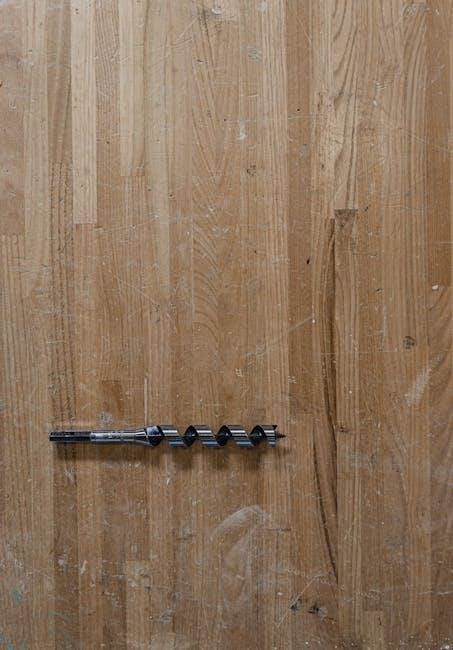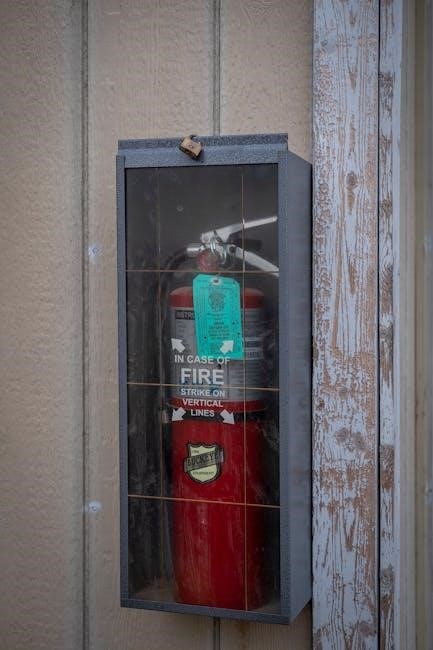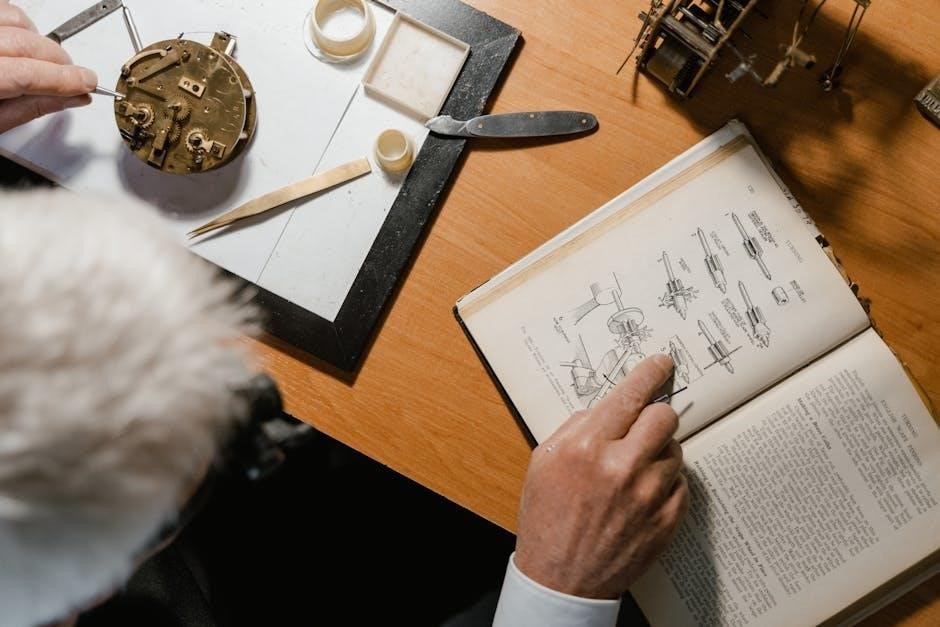
350Z Manual Swap Kit: Article Plan
This article will comprehensively outline the process of converting a Nissan 350Z from an automatic to a manual transmission․ It will detail the necessary parts, compatibility considerations, and the steps for a successful swap, including adapter plates for alternative engines․
The Nissan 350Z, known for its sporty handling and performance, was offered in both automatic and manual transmission options․ However, many owners of automatic 350Zs desire the enhanced control and driving experience of a manual gearbox․ This has led to the popularity of manual swap projects․
A manual swap involves replacing the factory-installed automatic transmission with a manual transmission․ This conversion requires careful planning and execution, as it involves more than simply bolting in a new transmission․ It necessitates a comprehensive understanding of the parts required, potential compatibility issues, and the mechanical skills to perform the swap correctly․
The benefits of a manual swap extend beyond the improved driving experience․ Many enthusiasts find that a manual transmission offers better control over the engine’s power band, leading to quicker acceleration and a more engaging connection with the car․ Furthermore, a manual transmission can often handle more power than the stock automatic, making it a desirable upgrade for those planning to modify their 350Z for increased performance․
This article will serve as a comprehensive guide to performing a manual swap on a 350Z, covering essential parts, considerations, and potential challenges․

Essential Parts List for a 350Z Manual Swap
Successfully swapping to a manual transmission requires a comprehensive parts list․ Key components include the transmission, clutch, flywheel, pedal assembly, hydraulics, driveshaft, and necessary hardware․ Careful selection ensures compatibility and optimal performance after the conversion․
Transmission Options and Compatibility
Selecting the right transmission is crucial for a successful 350Z manual swap․ The CD009 transmission, often paired with the 350Z and 370Z, is a popular choice due to its robustness․ Ensure compatibility by verifying the year of your 350Z; models from 2005 onwards are generally interchangeable․
Consider the gear ratios and overall performance characteristics to match your driving style․ Adapter plates facilitate the use of transmissions like the Toyota JZ series with the 350Z engine․ When sourcing a transmission, inspect its condition, including synchros and bearings, to avoid future issues․ Including the shifter and throw out assembly is also essential․
Explore options from other Nissan models to potentially find a cost-effective solution․ Ultimately, choosing a compatible and reliable transmission is paramount․ Proper research and consideration of factors like gear ratios, adapter requirements, and overall condition will contribute significantly to the success of the manual swap․

Clutch and Flywheel Considerations
Selecting the appropriate clutch and flywheel is paramount for a successful 350Z manual swap․ The flywheel, clutch disc, and pressure plate must be compatible with the chosen transmission․ Consider your driving style and power goals when choosing these components; performance clutches offer increased holding capacity for modified engines․
Flywheel options include lightweight versions for improved throttle response and heavier options for smoother engagement․ Always replace the flywheel bolts and pressure plate bolts during the swap․
Ensure the clutch kit includes all necessary components, such as the throw-out bearing․ Inspect the flywheel surface for wear or damage before installation; resurfacing may be necessary․ Match the clutch disc material (organic, ceramic, etc․) to your intended use․
Proper break-in of the new clutch is essential to ensure longevity and performance․ Failing to choose compatible and quality clutch and flywheel could result in slippage, shuddering, or premature failure of the transmission․
Pedal Assembly and Hydraulics
The pedal assembly and hydraulics are critical for converting a 350Z from automatic to manual․ A complete manual pedal assembly, including the clutch pedal and brake pedal, is required․
The clutch pedal bracket is important for securing the assembly․ The clutch master cylinder and its associated lines are essential components, connecting the clutch pedal to the transmission․ Ensure that the master cylinder is compatible with the slave cylinder on the transmission․
Routing the hydraulic lines correctly prevents leaks and ensures smooth clutch engagement․ The clutch pedal assembly often includes a clutch switch, necessary for starting the car․ Inspect the pedal assembly for wear or damage before installation, and replace any worn bushings or components․
Proper adjustment of the clutch pedal is essential for correct engagement and disengagement․ Consider an aftermarket clutch master cylinder for improved pedal feel and reliability․ The pedal box must be correctly installed to prevent clutch drag or failure․
Driveshaft Requirements
When performing a manual swap on a 350Z, the driveshaft is a key component that must be addressed․ Automatic and manual transmissions have different lengths and output shaft configurations, so the original automatic driveshaft will not work․ A driveshaft designed for a manual transmission 350Z is required․
The driveshaft must be the correct length to avoid vibration and ensure proper fitment․ Measuring the distance between the transmission output flange and the differential input flange is crucial for determining the correct length․ It’s often recommended to source a driveshaft from a manual 350Z to guarantee compatibility․
Upgrading to a stronger, aftermarket driveshaft is a worthwhile investment, especially for high-performance applications․ Aluminum or carbon fiber driveshafts can reduce weight and increase torsional strength․ Check the condition of the U-joints and replace them if necessary to prevent vibrations․
Proper installation and torqueing of the driveshaft bolts are essential for safety and reliability․ Incorrect driveshaft length can lead to premature wear on the transmission and differential․

Adapter Plates for Alternative Engine Swaps
For 350Z enthusiasts seeking significant power upgrades, alternative engine swaps are a popular route․ However, mating a different engine to the 350Z’s transmission requires careful consideration․ This is where adapter plates become essential․ These plates bridge the gap between the engine block and the transmission bellhousing, ensuring a secure and accurate fit․
Adapter plates are commonly used when swapping engines like the Toyota 2JZ or GM LS series into the 350Z․ These plates are precisely engineered to maintain the correct alignment and spacing for the crankshaft and input shaft․ Without an adapter plate, the engine and transmission cannot be properly connected․
Selecting the correct adapter plate is crucial․ Ensure it is specifically designed for the chosen engine and transmission combination․ Consider the material and construction of the plate, opting for high-strength steel or aluminum for durability․ Installation should be performed with precision, following the manufacturer’s instructions carefully․
Adapter plates allow for a wider range of engine options, providing more opportunities for customization and performance enhancement in the 350Z․

Considerations for Automatic to Manual Conversion
Converting a 350Z from an automatic to a manual transmission is a significant undertaking with several important considerations․ Beyond the core components like the transmission itself, clutch, and flywheel, numerous supporting parts and modifications are necessary for a successful conversion․ Thorough planning and attention to detail are crucial․
One of the primary considerations is the electronic integration․ The automatic transmission control unit (TCU) must be removed, and the wiring harness modified to accommodate the manual transmission․ This may involve disabling certain error codes or functionalities related to the automatic system․ Some aftermarket solutions offer standalone wiring harnesses to simplify this process․
The car’s ECU may also require recalibration or remapping to optimize performance with the manual transmission․ This ensures proper fuel delivery and ignition timing․ Furthermore, the driveshaft length may need adjustment to match the manual transmission’s output shaft․ Careful measurement and potentially custom fabrication may be required․
Finally, consider the impact on the vehicle’s resale value and potential legal implications related to modifying the drivetrain․